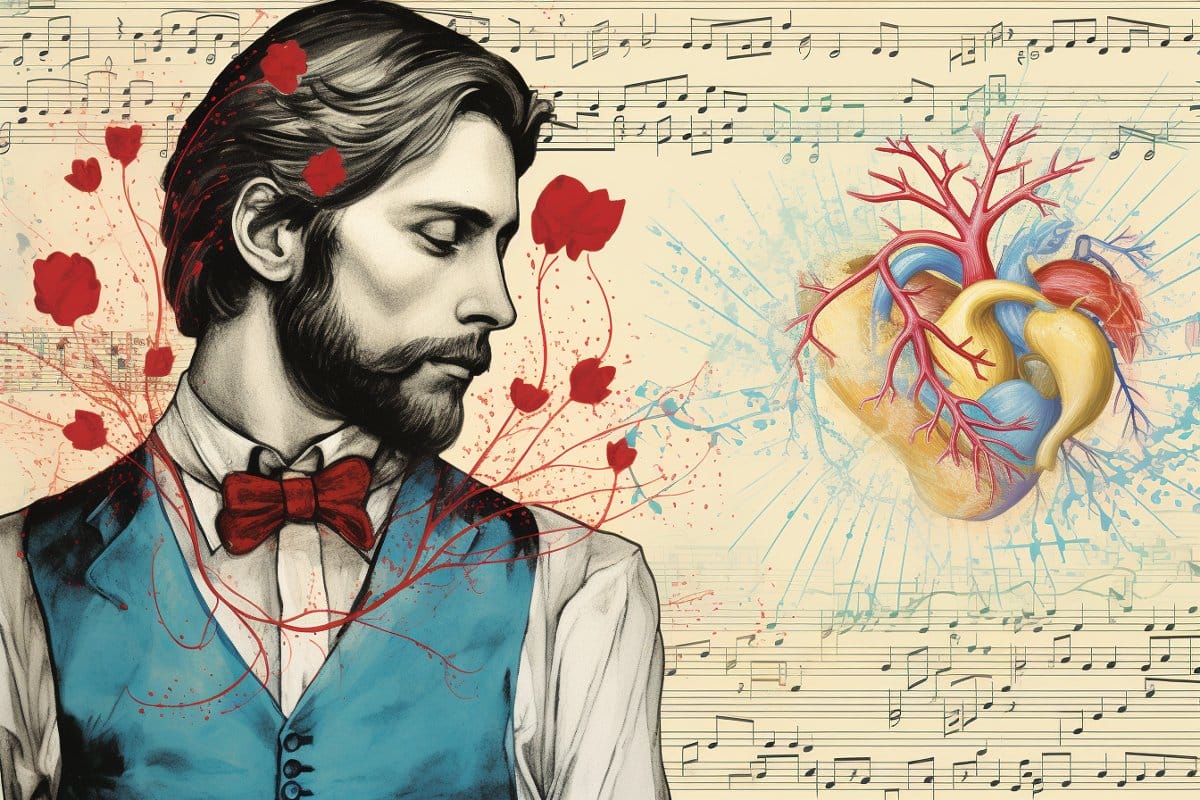Summary: A recent study hints at a harmonious synchronization of movement, heart rate, and even the excitement level among audience members during classical concerts.
This in-depth exploration into the physical responses of 132 individuals during a live performance of classical pieces unveiled a fascinating cohesion in their bodily rhythms, notably in heart and breathing rates. Interestingly, personality traits, such as agreeableness and openness, appeared to elevate the propensity for such synchronization among listeners.
This novel insight opens up a captivating dialogue about the intertwining of music, communal experience, and individual physical responses.
Key Facts:
- Concert Synchronization: Significant synchronization was observed in audience members’ movement, heart rate, and breathing during classical performances.
- Personality and Synchronization: Individuals scoring higher for agreeableness or openness were more likely to synchronize with fellow audience members.
- Breathing Unity: Of all the observed physical responses, breathing rate exhibited the highest level of synchronization among the audience.
Source: Scientific Reports
Movement and some physical responses — including heart rate, breathing rate, and the electrical conductivity of skin (suggesting excitement) — may synchronize between audience members at classical concerts, suggests a study of 132 people published in Scientific Reports.
Individuals rated more highly for personality traits such as agreeableness or openness were more likely to synchronize with other audience members.
Synchronization can be used to describe the coordination of two unrelated processes at a statistically significant level, although the processes do not have to be occurring simultaneously. Synchronization is usually observed in physical responses such as breathing between humans.
Most synchronization in humans is caused by a direct social interaction with another person. However, synchronization can also be induced by non-social external factors.
Previous studies have shown that music may be able to induce synchronization in listeners, but there has been little investigation into whether concert audiences become synchronized.
Wolfgang Tschacher and colleagues observed 132 people whilst they listened to a concert consisting of three classical music pieces played by a string quintet: Ludwig van Beethoven’s “Op. 104 in C minor”, Brett Dean’s “Epitaphs”, and Johannes Brahms’ “Op. 111 in G major”.
The authors monitored the participants’ movement with overhead cameras and their physical responses with wearable sensors. They also asked the participants to fill in questionnaires about their personality and mood both before and after the concert.
The authors observed significant synchronization between audience members for movement, heart rate, breathing rate, and the electrical conductivity of skin (which indicates arousal of the sympathetic nervous system). The greatest level of synchronization was seen in the breathing rate.
Additionally, the personality traits of a listener were associated with their likelihood of synchronizing physical responses — those with agreeable or openness traits were more likely to become synchronized, whilst those with neurotic or extravert traits were less likely to become synchronized.
The findings suggest that music may be able to induce synchronization in physical responses between audience members, and that personality traits may have an effect on the likelihood of an individual becoming synchronized with other audience members.
The authors note that they experienced gaps in data collection due to prioritising wearer comfort over data quality when choosing sensors, and suggest that more reliable data collection methods are developed for future studies.
About this music and neuroscience research news
Author: Alex Durk
Source: Scientific Reports
Contact: Alex Durk – Scientific Reports
Image: The image is credited to Neuroscience News
Original Research: Open access.
“Audience synchronies in live concerts illustrate the embodiment of music experience” by Wolfgang Tschacher et al. Scientific Reports
Abstract
Audience synchronies in live concerts illustrate the embodiment of music experience
A study of 132 audience members of three classical public concerts (all three staged the same chamber music pieces by Ludwig van Beethoven, Brett Dean, and Johannes Brahms) had the goal of analyzing the physiological and motor responses of audiences.
It was assumed that the music would induce synchronous physiology and movement in listeners (induction synchrony). In addition to hypothesizing that such synchronies would be present, we expected that they were linked to participants’ aesthetic experiences, their affect and personality traits, which were assessed by questionnaires before and after the concerts.
Clear evidence was found of physiological synchrony (heart rate, respiration rate, skin conductance response) as well as movement synchrony of the audiences, whereas breathing behavior was not synchronized. Thus the audiences of the three concerts resonated with the music, their music perception was embodied.
There were links between the bodily synchrony and aesthetic experiences: synchrony, especially heart-rate synchrony, was higher when listeners felt moved emotionally and inspired by a piece, and were immersed in the music.
Personality traits were also associated with the individual contributions to induction synchrony.







